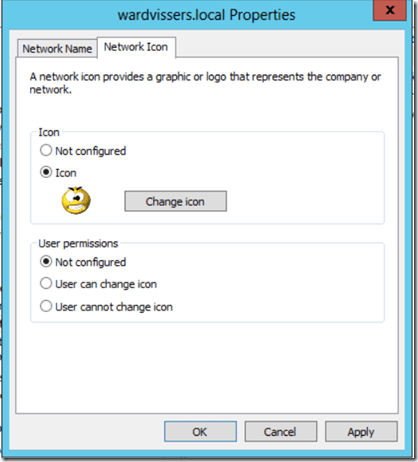Microsoft released a new KB article about a performance issue with Exchange 2013
When you connect to a Microsoft Exchange Server 2013 server that is installed in Windows Server 2012 R2, Windows Server 2012, Windows Server 2008 R2, or Windows Server 2008 in which Microsoft .NET Framework 4.5 is included, you may experience delays to access email messages or disconnections to the Exchange server. When this issue occurs, the CPU or memory usage on the server is high for some services that include one or more of the W3wp.exe processes.
This issue occurs because too many objects are pinned on the .NET Framework 4.5 garbage collector heap. It causes heap fragmentation in addition to an increase in CPU and memory usage by the garbage collector.
Important Follow the steps in this section carefully. Serious problems might occur if you modify the registry incorrectly. Before you modify it, back up the registry for restoration in case problems occur.
For Exchange Server 2013 that is installed in Windows Server 2012
Apply hotfix 2803755 that needs a restart, and then use one of the following methods to enable the hotfix:
- Create the COMPLUS_DisableRetStructPinning environment variable, and set the value of the variable to 1.
- Create a DWORDvalue of the DisableRetStructPinning entry at the following registry subkey, and set the DWORD value to 1:
HKEY_LOCAL_MACHINE\Software\Microsoft\.NETFramework
Then, restart the computer.
For Exchange Server 2013 that is installed in Windows Server 2012 R2
Create a DWORDvalue of the DisableRetStructPinning entry at the following registry subkey, and set the DWORD value to1:
HKEY_LOCAL_MACHINE\Software\Microsoft\.NETFramework
Then, restart the computer.
For Exchange Server 2013 that is installed in Windows Server 2008 R2 or Windows Server 2008
Apply hotfix 2803754 that needs a restart, and then use one of the following methods to enable the hotfix:
- Create the COMPLUS_DisableRetStructPinning environment variable, and set the value of the variable to 1.
- Create a DWORDvalue of the DisableRetStructPinning entry at the following registry subkey, and set the DWORD value to 1:
HKEY_LOCAL_MACHINE\Software\Microsoft\.NETFramework






